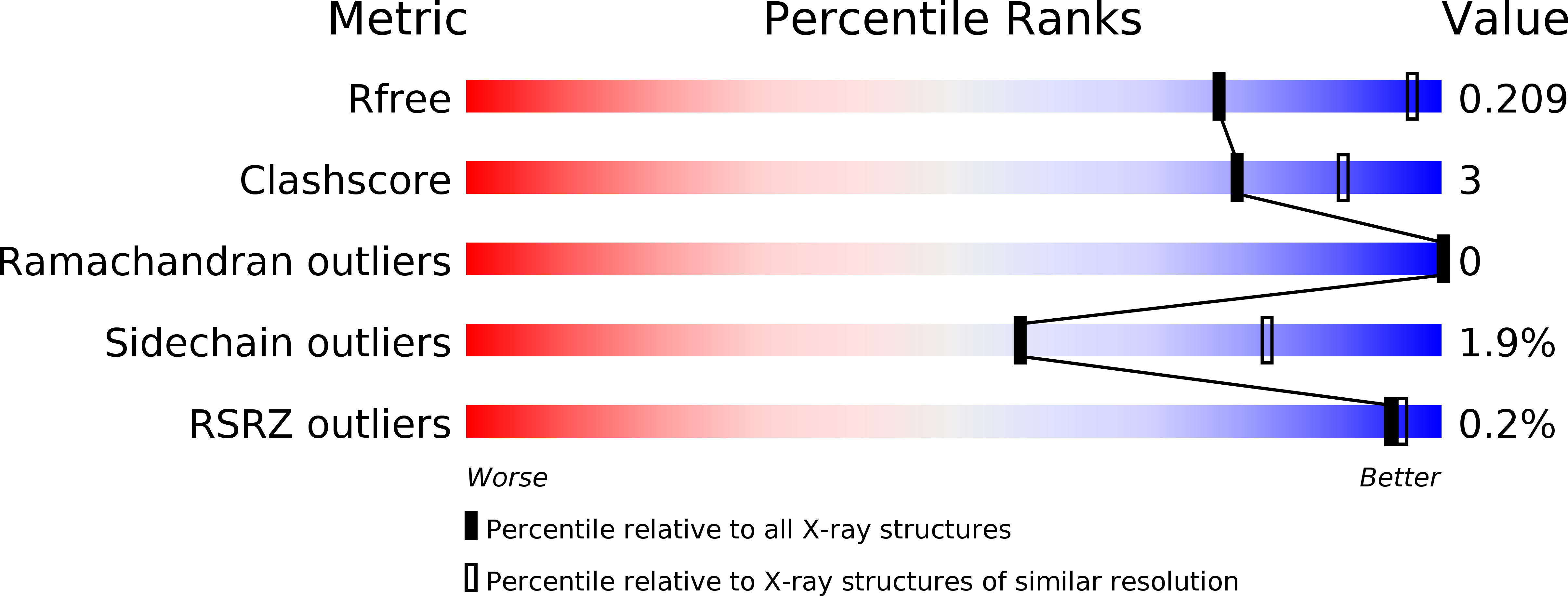
Deposition Date
2013-05-23
Release Date
2013-09-25
Last Version Date
2024-02-28
Entry Detail
PDB ID:
4KW3
Keywords:
Title:
Crystal structure of the non-structural protein 1 N-terminal origin-recognition/nickase domain from the emerging human bocavirus
Biological Source:
Source Organism:
Human bocavirus (Taxon ID: 329641)
Host Organism:
Method Details:
Experimental Method:
Resolution:
2.70 Å
R-Value Free:
0.20
R-Value Work:
0.17
R-Value Observed:
0.17
Space Group:
P 41 21 2


